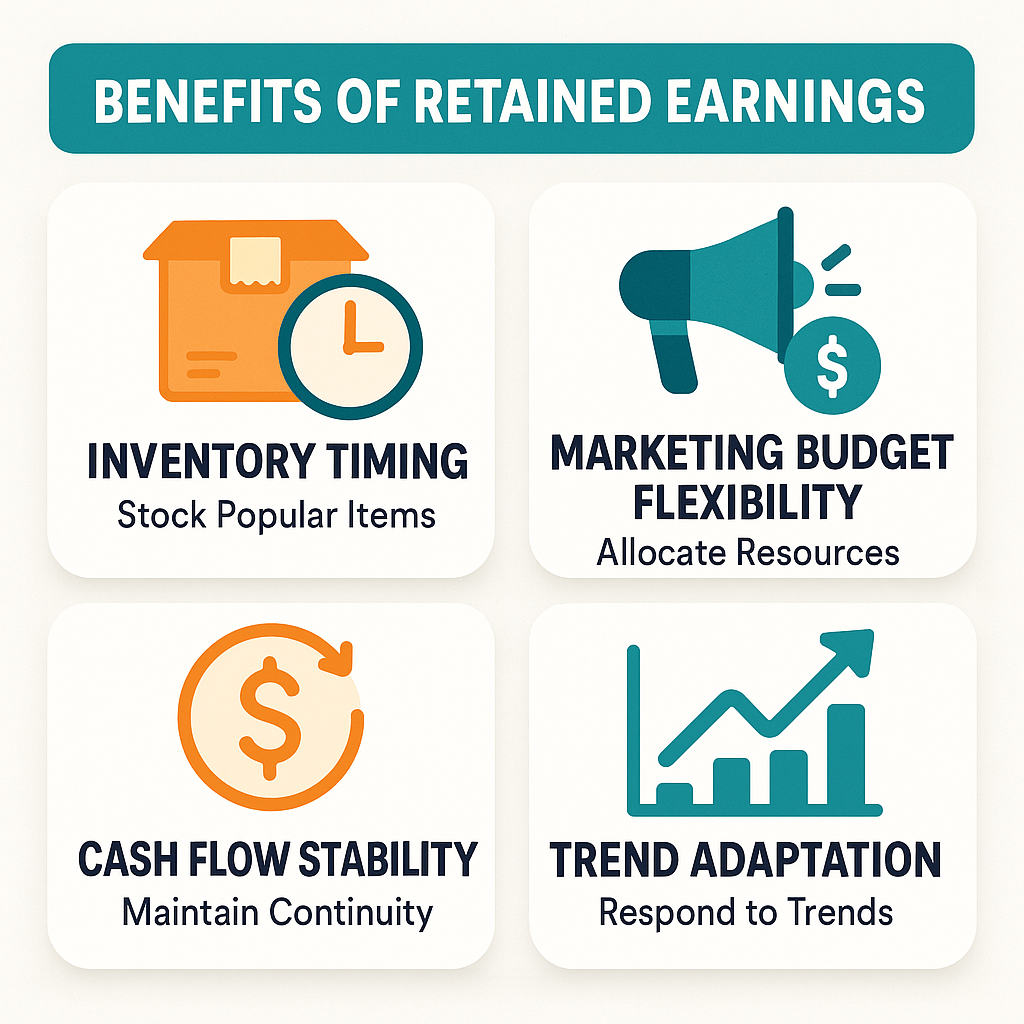Clothing boutiques face unique financial challenges that traditional funding often can't address. Between unpredictable seasonal fashion cycles and the need for constant stock replenishment, boutique owners require financing solutions that adapt to their sales patterns. Revenue-based financing offers a flexible alternative that aligns repayment with actual revenue, making it particularly suitable for fashion retailers navigating market fluctuations.
Understanding Revenue-Based Financing for Fashion Retail
Revenue-based financing for clothing boutiques works differently from traditional funding methods. Instead of fixed monthly payments, this financing option ties repayment directly to your sales performance. When your boutique generates revenue, you pay back a predetermined percentage. During slower periods, your payments naturally decrease, providing breathing room during off-season months.
This financing structure particularly benefits clothing boutiques because fashion retail is inherently cyclical. Spring collections, back-to-school rushes, and holiday shopping seasons create natural peaks and valleys in sales. Revenue-based financing accommodates these fluctuations by adjusting payment amounts based on actual performance rather than rigid schedules.
The flexibility extends to how funds can be used. Boutique owners might access capital covering up to 100% of inventory costs, helping them stock new collections without depleting cash reserves. This approach allows better cash flow management and reduces financial strain during periods when sales naturally decline.
Getting Started with Revenue-Based Financing
Getting started with revenue-based financing requires understanding the application process and preparing your boutique's financial information. Here's how to approach this funding option:
- Evaluate Your Sales History: Gather at least 12 months of sales data to demonstrate revenue patterns and seasonal trends that support your repayment capacity.
- Calculate Funding Needs: Determine specific amounts needed for inventory, marketing campaigns, or operational expenses to ensure you request appropriate funding levels.
- Review Terms and Percentages: Compare different providers to understand repayment percentages, which typically range based on your boutique's sales volume and industry risk factors.
- Prepare Financial Documentation: Compile bank statements, sales reports, and inventory records that demonstrate your boutique's financial health and repayment ability.
- Submit Application: Complete the application process with accurate information about your boutique's operations, target market, and growth projections.
Strategic Benefits for Seasonal Fashion Cycles

Strategic benefits for seasonal fashion cycles become apparent when boutiques can time their inventory purchases and marketing efforts effectively. Revenue-based financing provides several advantages for managing these cyclical challenges:
- Inventory Timing: Access funding before peak seasons to stock popular items and capitalize on fashion trends without waiting for previous season sales to generate cash.
- Marketing Budget Flexibility: Allocate resources for promotional campaigns during key shopping periods, knowing repayment adjusts based on resulting sales performance.
- Cash Flow Stability: Maintain operational continuity during slower months when traditional fixed payments might strain finances and limit growth opportunities.
- Trend Adaptation: Respond quickly to emerging fashion trends by securing inventory funding without lengthy approval processes that could cause missed opportunities.
Optimizing Repayment and Growth Strategy
Optimizing repayment and growth strategy with revenue-based financing requires careful planning and realistic projections. Consider these key factors for success:
- Sales Forecasting: Develop realistic sales projections that account for seasonal variations, helping you plan repayment schedules and avoid overcommitting to funding amounts.
- Inventory Management: Use funding strategically for high-turnover items and proven sellers rather than experimental inventory that might not generate expected returns.
- Performance Tracking: Monitor key metrics like inventory turnover rates and profit margins to ensure financing costs don't erode profitability or sustainable growth.
- Reinvestment Planning: Plan how increased sales from better inventory and marketing will support both repayment obligations and future growth initiatives for long-term success.
Revenue-based financing offers clothing boutiques a practical solution for managing the financial challenges of seasonal fashion retail. By aligning repayment with sales performance, this funding option provides the flexibility needed to navigate fashion cycles, maintain adequate inventory, and invest in marketing efforts. When used strategically, revenue-based financing can help boutique owners build sustainable businesses that adapt to market fluctuations while supporting consistent growth.

.png)






